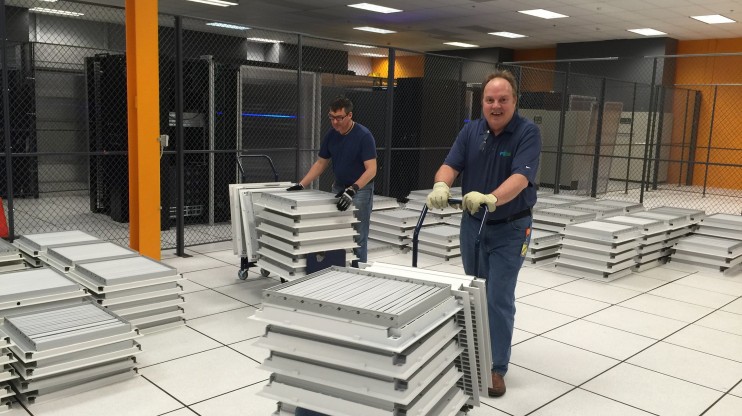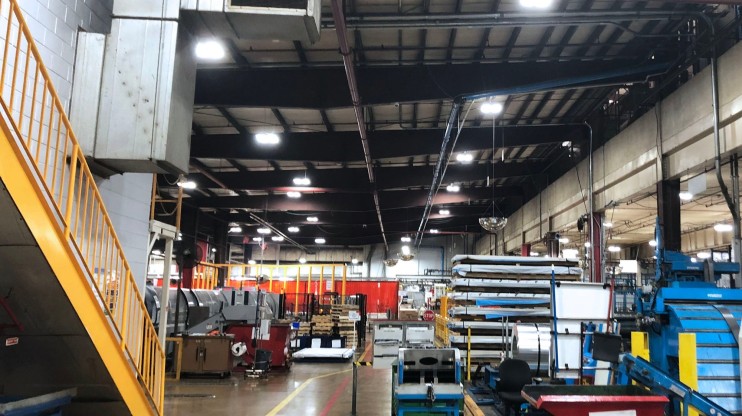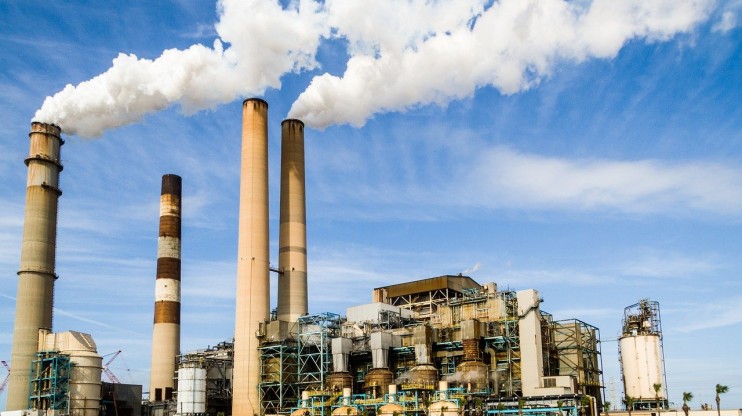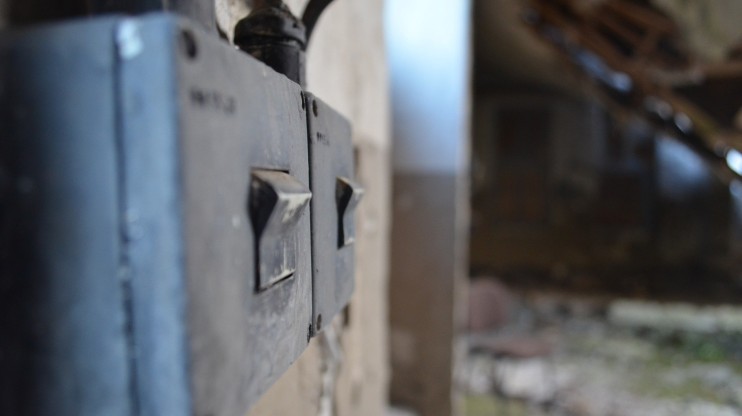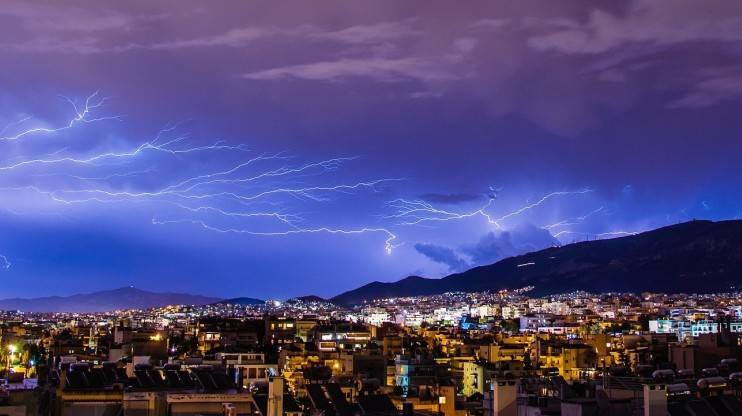
Invest Now or Pay Later for NYC Carbon Emissions
As time ticks on, building owners and managers alike in New York City need to assess their carbon footprint. The year 2024 is right around the corner, and without appropriate action, legislators will hit building owners’ wallets with emissions fines.

